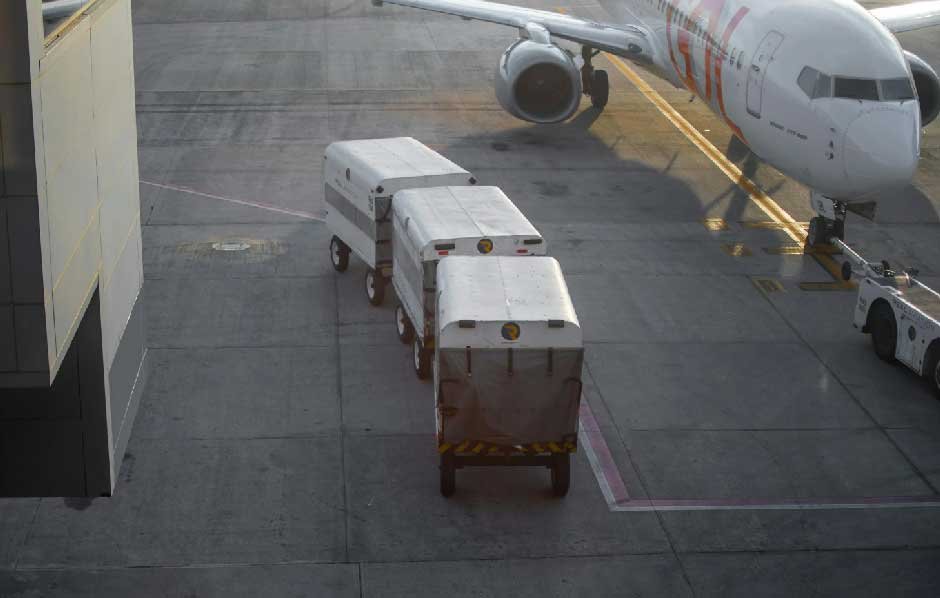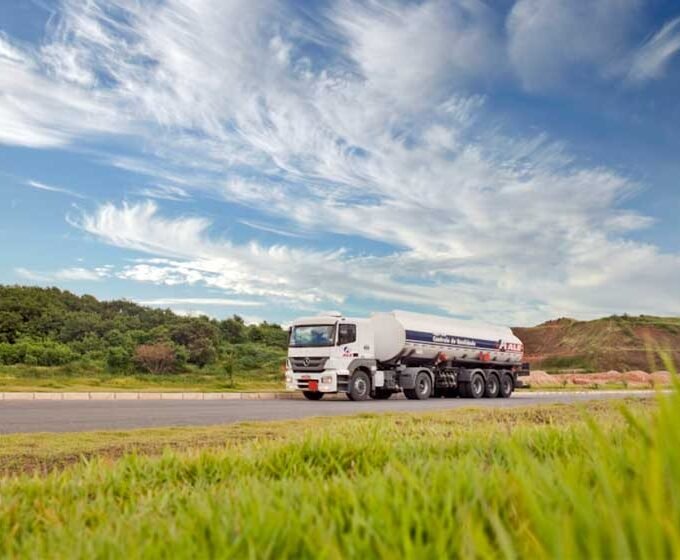Ground handling is a critical component of airport operations that is frequently overlooked by travelers. It includes all of the operations and services required for an aircraft to safely and efficiently transfer from air to ground and vice versa.
This article provides a “behind-the-scenes” look at the various aspects of ground handling.
The Vital Role of Ground Handling Services
Ground handling services are crucial for ensuring that flights run smoothly and on time. Their scope of duty begins as soon as the plane lands. When a plane lands, ground handlers begin their work. Ground handlers are responsible for both the mechanical aspects of the aircraft and the flow of passengers to and from it. Coordinating with the flight crew, gate agents, and air traffic control helps to ensure that planes leave and arrive on time. Ground handling professionals are vital to the overall client experience, whether they handle food and beverage services, baggage claims, or disembarkation procedures.
Aircraft Refueling and Maintenance
Aircraft refueling is one of ground handling’s main duties. The airplane must be refueled for its next trip once a flight lands at the gate. This is accomplished via a sequence of painstaking, well-coordinated operations since refueling an airplane calls for accuracy and safety precautions to prevent mishaps. Routine inspections on important machinery, including navigation systems, hydraulic systems, and engine components, are also carried out by the maintenance crew. Before the aircraft flies, these checks serve to guarantee that it is in safe running order. Every possible problem or anomaly is noted for more investigation or fixing.
Cargo Handling and Baggage Services
Cargo handling is another critical component of ground handling. Goods and parcels are transported out of airports, so timely delivery of items depends on effective cargo management. Sorting and loading goods into the aircraft’s hold is part of ground handling services, therefore guaranteeing correct storage and security for the whole trip. Another important chore underground operations is baggage handling. Many times, passengers ignore the difficulties in the luggage transportation from the check-in desk to the flight and vice versa. Ground handlers make sure luggage is labeled, loaded aboard the aircraft, and unloaded once at their destination.
Passenger Services and Comfort
Passenger handling is among the most visible and customer-facing components of ground operations. This covers tasks that include passengers checking in, issuing boarding cards, helping those with special needs, and running the boarding line. Ground crew members must make sure passengers are securely guided to the aircraft and that boarding processes go timely and effectively. Apart from boarding, ground handling specialists also guarantee that throughout the layover period, passenger demands are satisfied. This could call for providing beverages, assisting with flight delay management, or transfer between aircraft assistance.
Aircraft Tugs
Ground operations revolve mostly around tugs. An aircraft tug is a specialist piece of equipment used to move an aircraft away from the gate when it is ready to fly. Designed to supply the force and dexterity required to move big, heavy aircraft in limited areas, aircraft tugs guarantee that every plane is securely and effectively pushed from the gate to the taxiway by handling varying sizes and types of aircraft. When looking for an aircraft tug for sale, it is essential to choose a reputable supplier who can provide reliable and durable equipment for airport operations.
Conclusion
Passengers may ignore ground handling, but it is a vital component of airport operations that ensures planes operate smoothly, safely, and on time. Though it is not often visible, ground handling is undoubtedly one of the most important aspects of modern aviation.
















